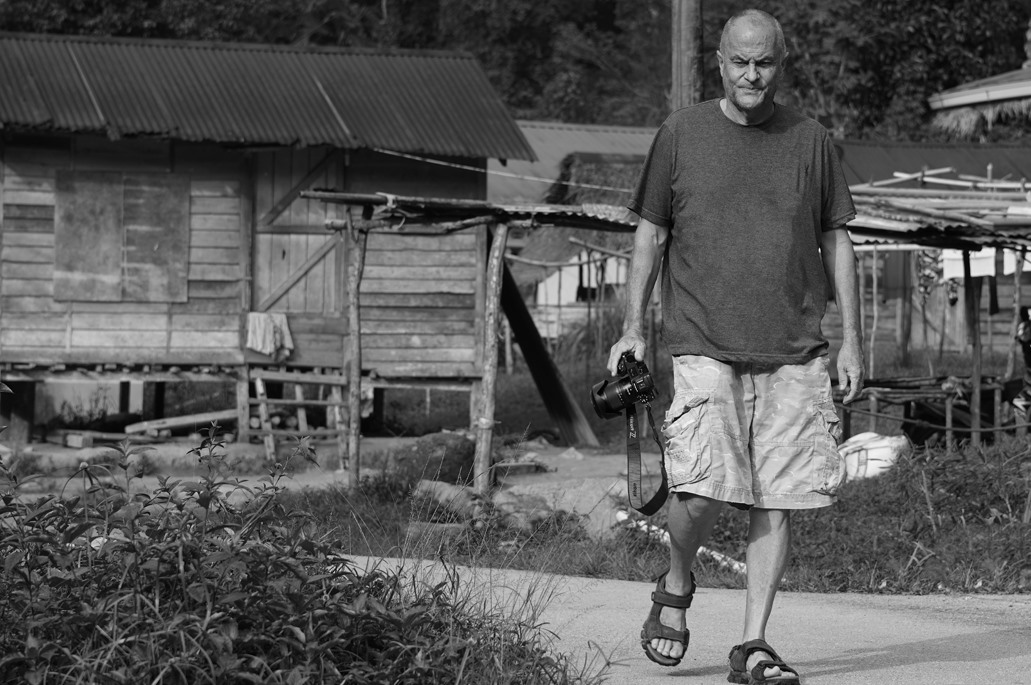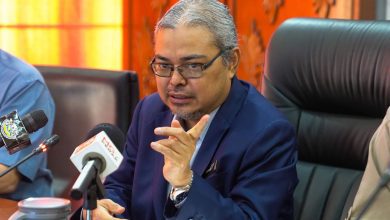Malaysia through the lenses of a Mat Salleh: Episode 30
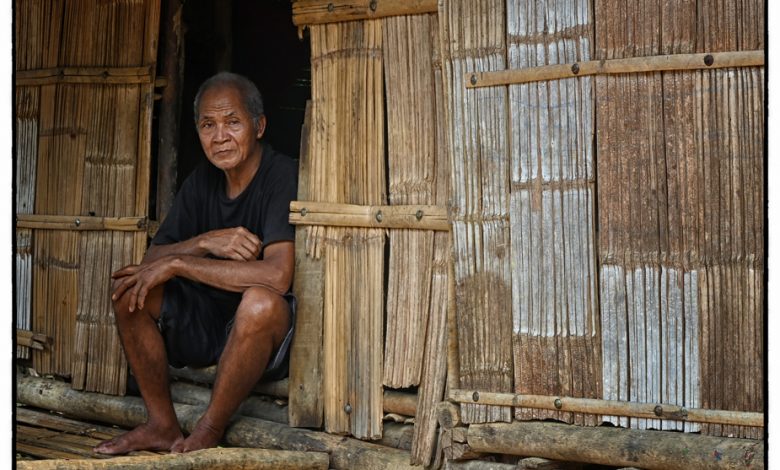

Malaysia through the lenses of a Mat Salleh
By Philippe A.Durant
This is the last episode and my longest narrative and it is for obvious reasons. Please take the time to read and to look at the portraits.
Day 30: The original Malaysians, the Orang Asli. Portraits of the left behind.
Here are some extracts of what Wikipedia wrote about them:
“Orang Asli (lit. “First people”, “native people”, “original people”, “aborigines people” or “aboriginal people” in Malay) are the heterogeneous indigenous population that forms as a national minority and also the oldest inhabitants of Peninsular Malaysia.
Orang Asli makes up only 0.6% of the total population of Malaysia (2010), with a total number that exceeds 160 thousand people. Although not usually mentioned in the country’s ethnic situation, the Orang Asli are a distinct category of population, as are the Malays, Chinese, Indians, and the indigenous East Malaysians of Sabah and Sarawak. Their special status is enshrined in law.
The homogeneity of the Orang Asli is a result of their perception by outsiders, based on cultural and ideological criteria. In fact, they are made up of many tribes and peoples who have never felt as one. Orang Asli settlements are scattered among the main, mostly Malay, population of the country, often in mountainous areas or in the jungles of the rainforest. Each group identifies itself by a specific geographical and ecological space, with which they consider it as customary land. Accordingly, each of them considers itself completely independent and different from the other communities. What unites the Orang Asli is only the opposition to mainstream society of the three major ethnic groups of Peninsular Malaysia, and the fact that they are all mostly on the sidelines of the social, economic and cultural life of the country’s development.
Like other indigenous peoples around the world, Orang Asli strive to preserve their own distinctive culture and identity, which is inextricably linked by physical, economic, social, cultural, territorial and spiritual ties to their immediate natural environment.
In the 18th to the 19th centuries, some Orang Asli groups suffered raids by the Malay and Batak forces who perceived them to be of lower in status. Orang Asli settlements were sacked, with adult males being systematically executed while women and children being held captive and later sold as slaves.
In the 1970s and 1980s, Malaysia experienced a period of sustained growth characterised by modernisation, industrialisation, and land development, which resulted in encroachments on Orang Asli land. In response to this encroachment, the Orang Asli mobilised and formed the Peninsular Malaysia Orang Asli Association (POASM), which has given them a stronger voice and greater visibility.”
This is just a very tiny piece of the big picture. Since two years ago, I have visited and discovered many villages. On the way to Kuala Mu, around Ulu Kinta, in Gopeng and Cameron Highlands (they are scattered all around the forests of the country, though). At the first approach, most of them can appear very distant and shy. Even though I do not speak Malay, in each occasion, I managed eventually to create a connection to the point that my wife and I decided to try to help those people forgotten and left behind. Two KL-based NGOs (Coup de Pouce and KatKat) joined our efforts and we delivered toys, clothes, food, etc. We got support as well from a few neighbours and were able to bring daily necessities to several villages on a regular basis. What amazes me, every time I go, is the genuine happiness of the children. In them, I see myself in my childhood living in the fields and forests from our area. The government provides minimal and conditional help but it clearly is not enough. Most of them are still living with just enough but always in close and in relative harmony to beautiful nature.
I took hundreds of photos in villages always after asking if it was okay. Some people did not want their photo taken and I respected their wishes. “The Earth is Art, the photographer only a witness” (Yann Arthus Bertrand), and that’s the whole point of my photography. I immortalise moments and persons and give testimony. Today, to end this journey on a very important note, I would like to share with you some of the portraits of the Orang Asli I took in Perak. Ignore the technique, the sharpness, the depth of field, the focus in the eye, the camera, the lenses, the aperture and focus only on the impression of the portrait itself. Here is another quote from my all-time favourite photographer:
“What I want is the world to remember the problems and the people I photograph. What I want is to create a discussion about what is happening around the world and to provoke some debate with these pictures. Nothing more than this. I don’t want people to look at them and appreciate the light and the palate of tones. I want them to look inside and see what the pictures represent, and the kind of people I photograph.”
-Sebastião Salgado
If you want to help the Orang Asli villages, please contact me. I often go alone on a scooter (some villages are pretty remote) but I am always happy to accompany anyone genuinely interested.
Thank you very much in advance. 

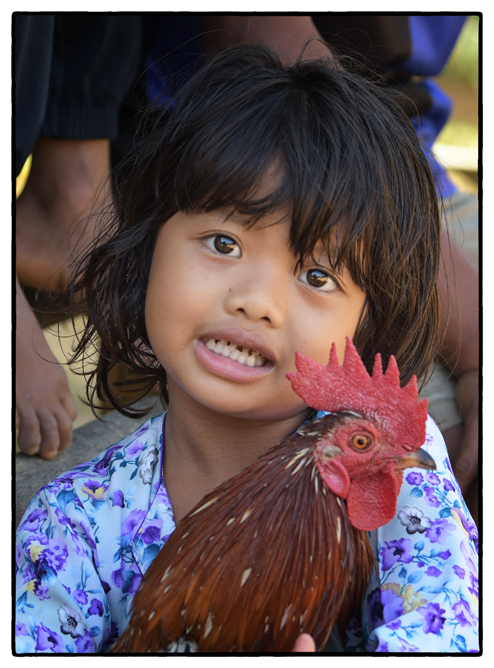

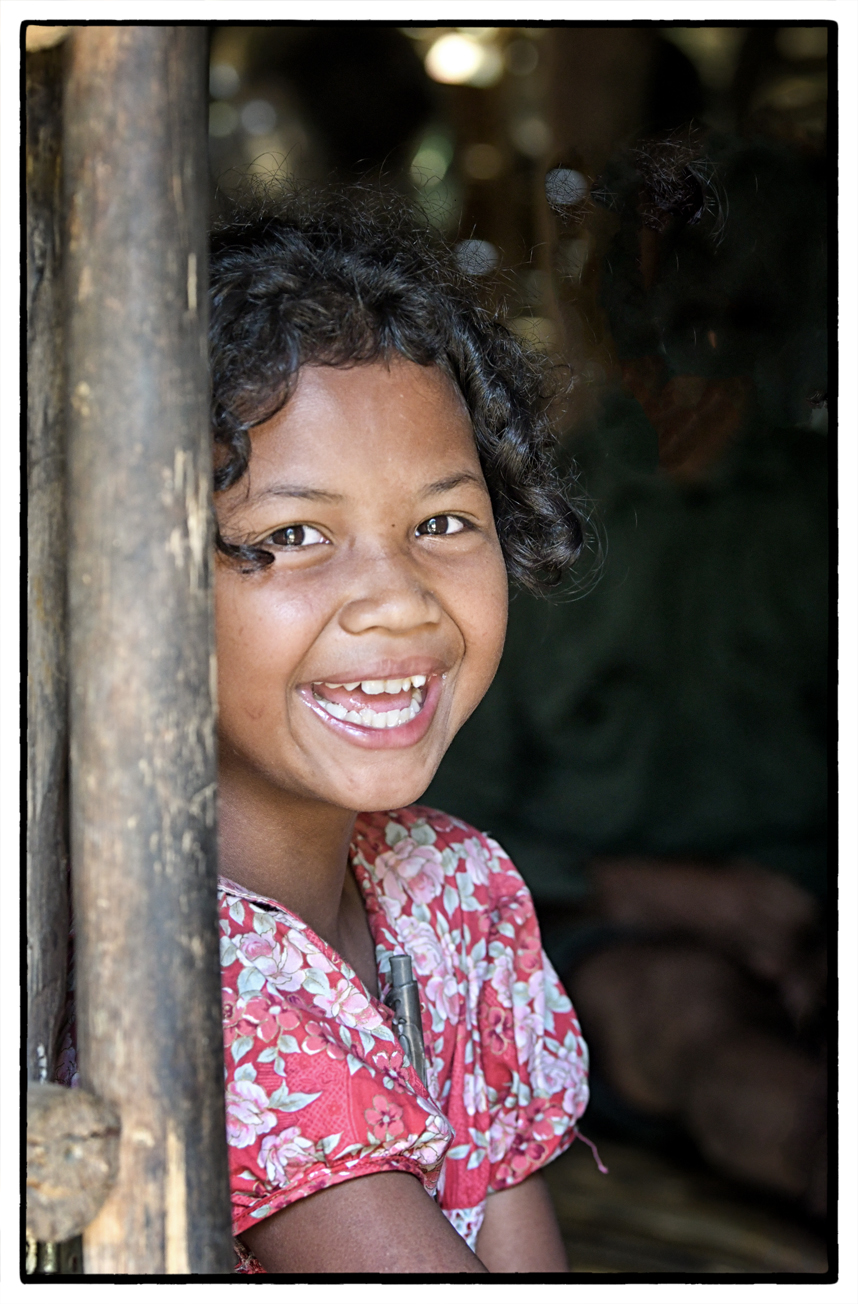

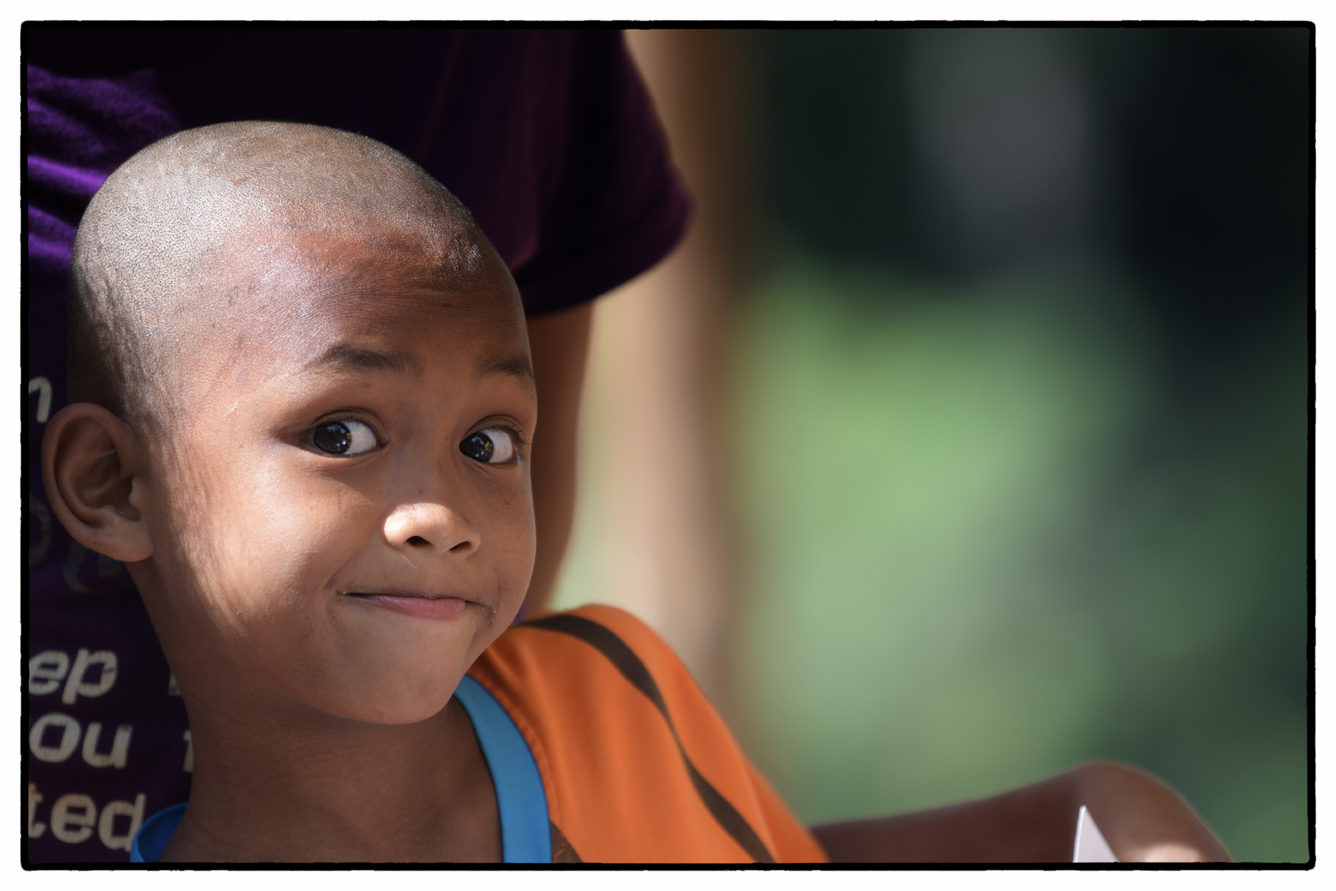

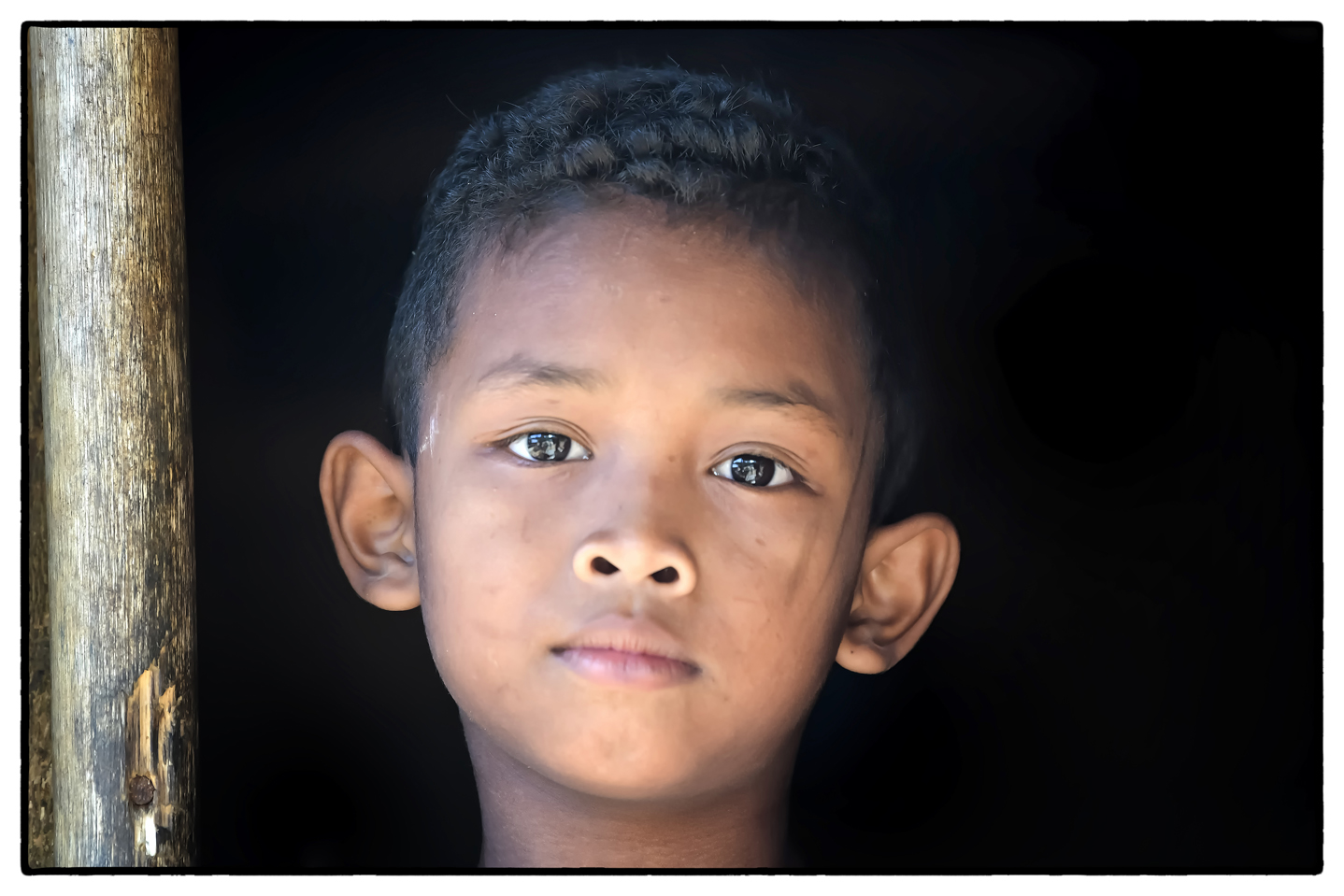

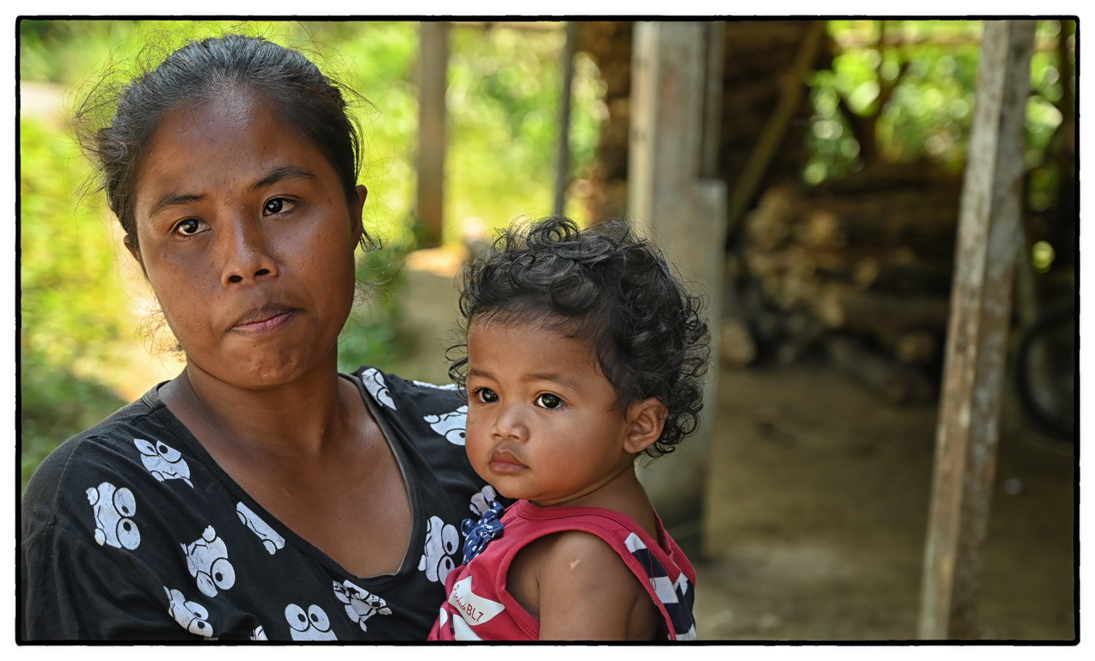



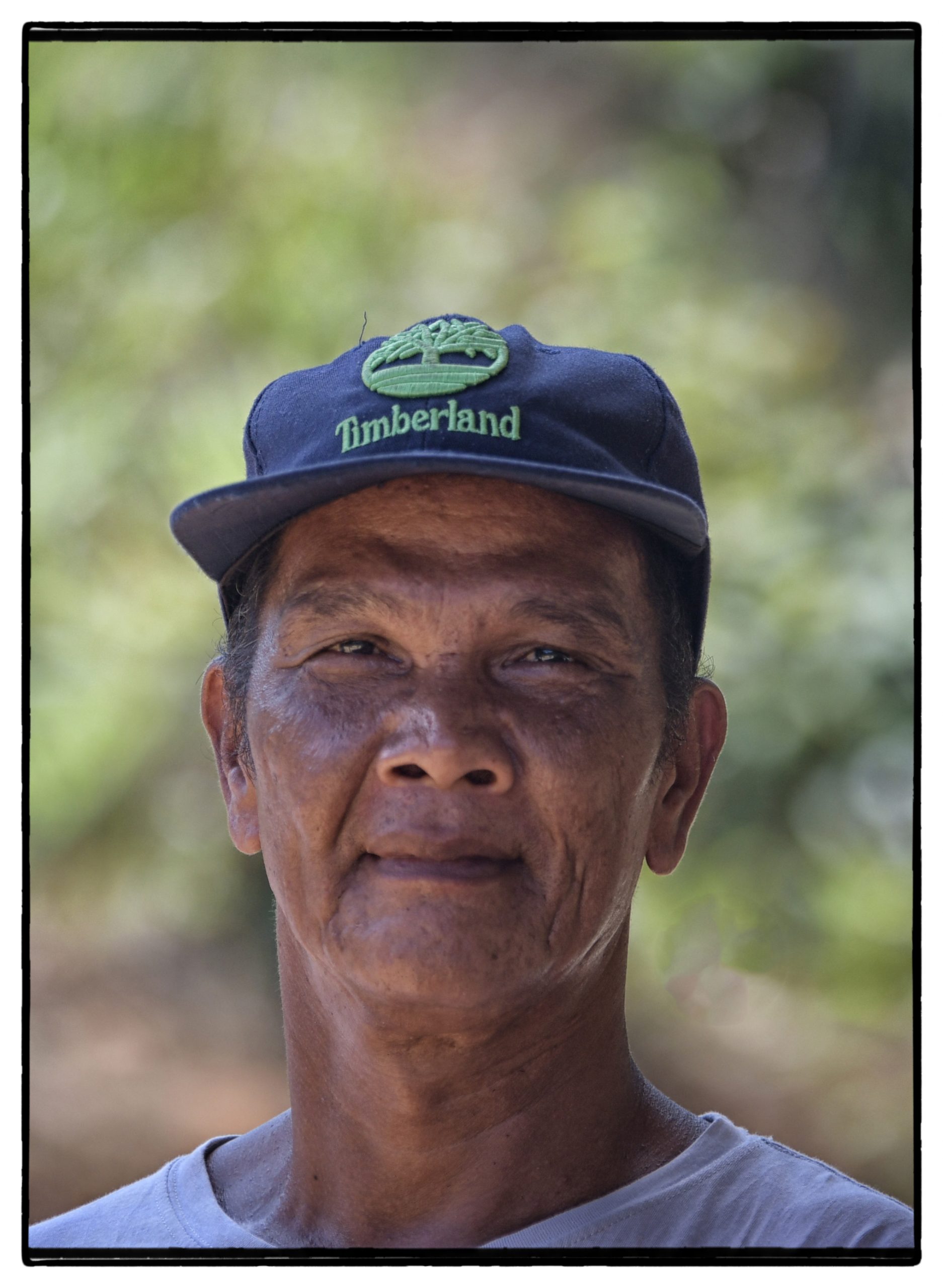



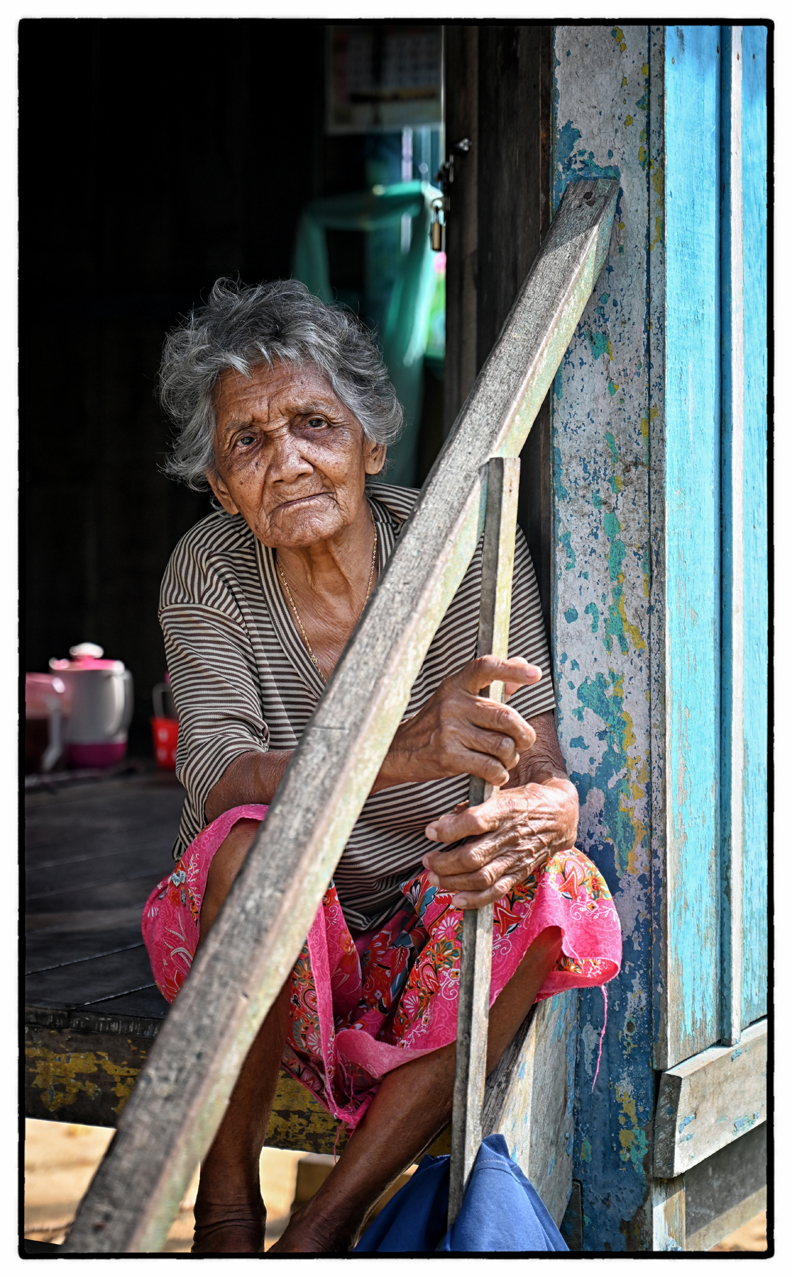

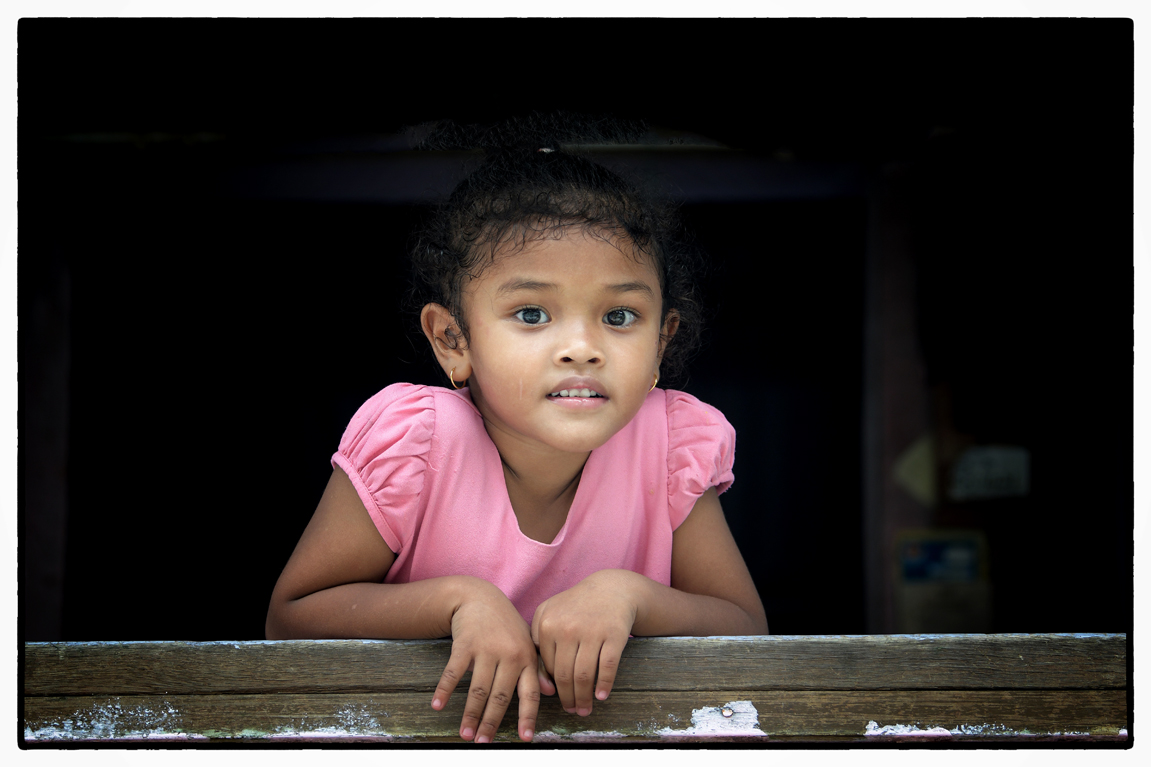

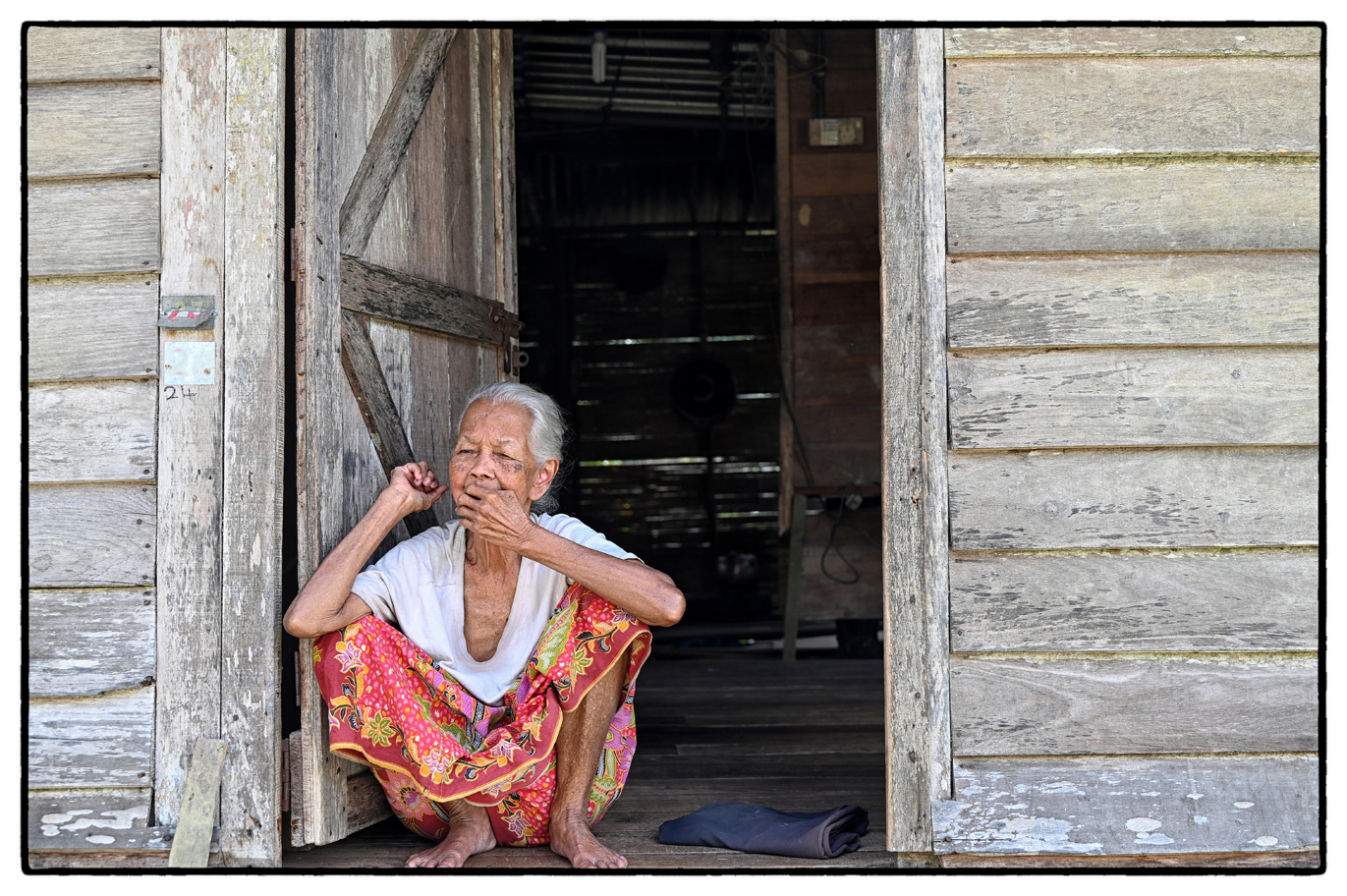

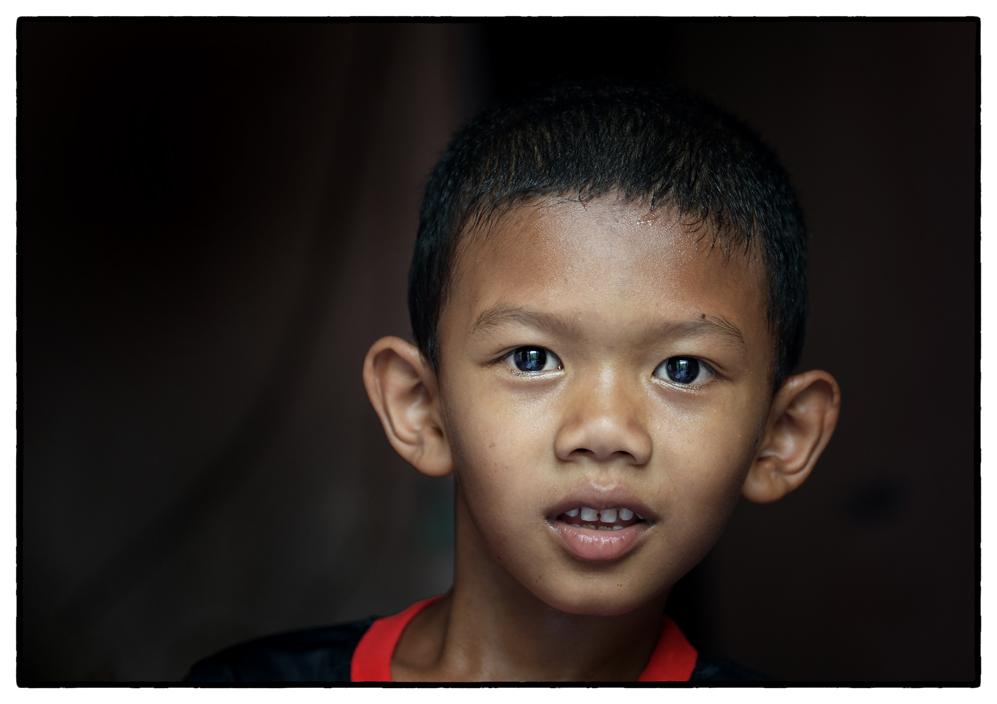

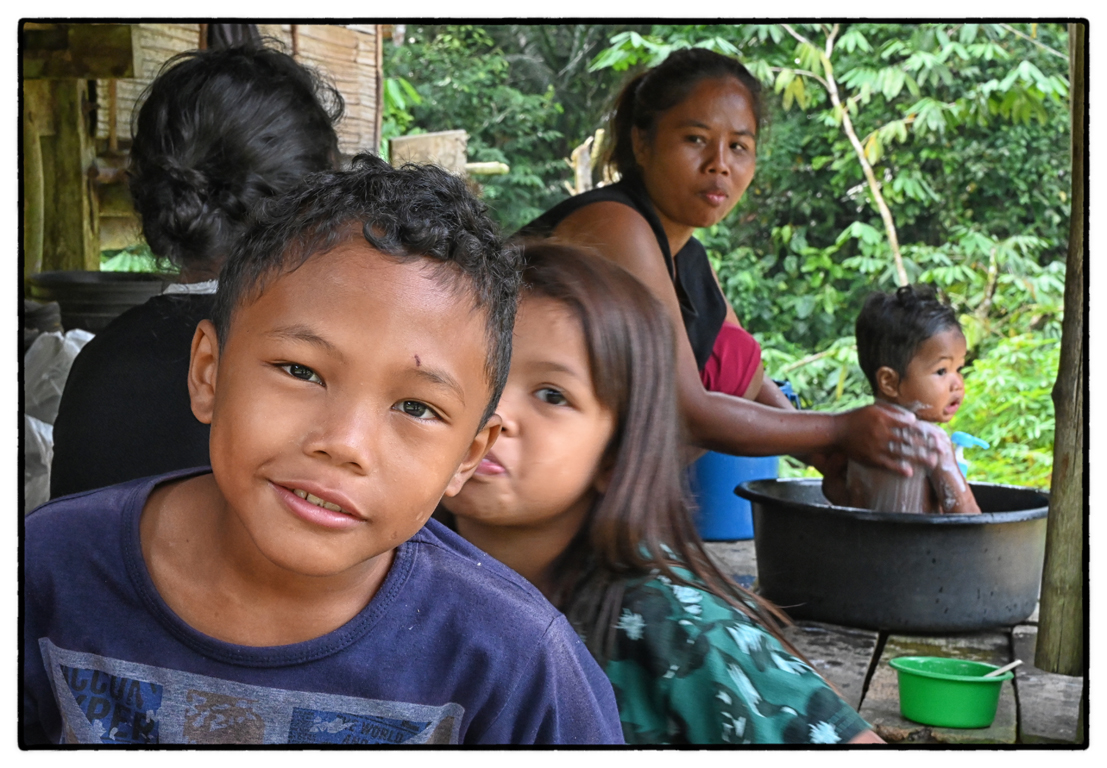

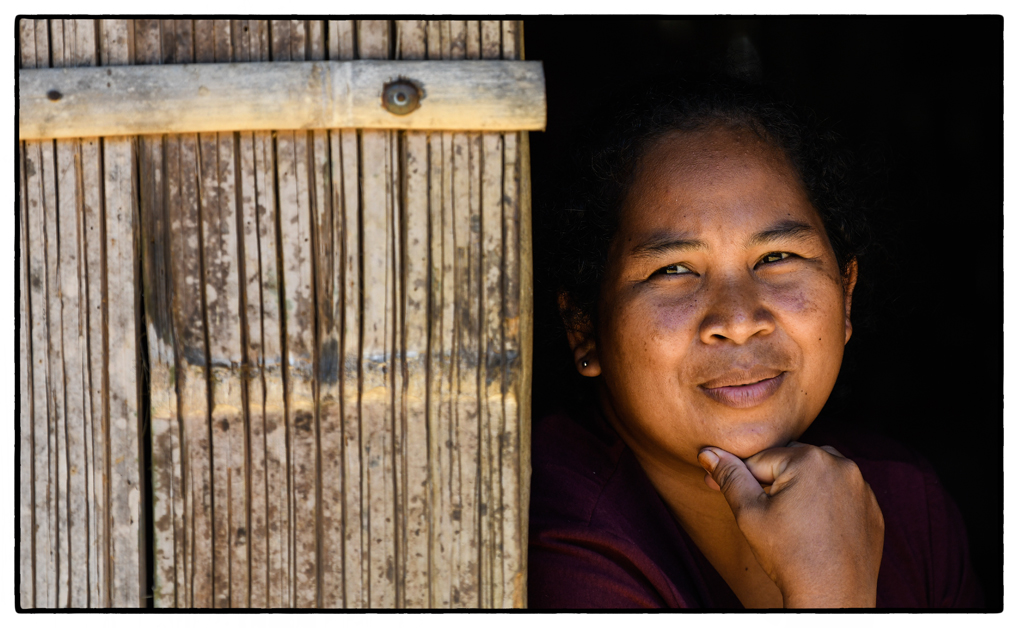

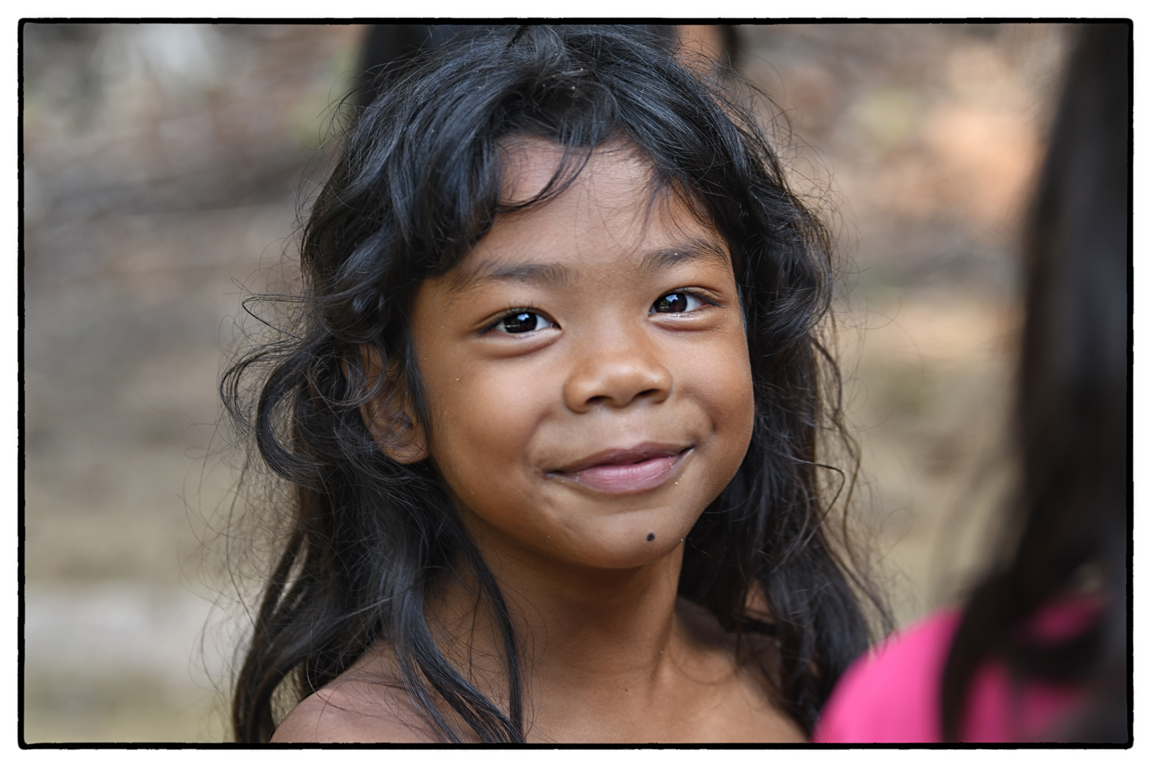

Epilogue
All good things come to an end and this is the end of this 30 days’ virtual photographic journey in Western Malaysia through my lenses. I hope that you have enjoyed it. Thank you to all the Facebook pages administrators whom I’ve approached, for approving my postings, for all the comments and commendations from viewers, to all the photo lovers who purchased my captures recently and to Ipoh Echo for including my daily episodes on its website.
If you want to continue seeing the moments I will capture around my host country, do send me a friend request on FB like many did recently.
If you would like to purchase any of my photos, just send me a WhatsApp message at 017-2409722 and I will send you the quotes and details.
All the best to you all in those crazy times and remember:
” Things move on, time passes, people go away. Maybe they don’t come back. Only the pictures remain.” (Robert Frank)
“Life is the Art and the photographer is only a witness.” (Yann Arthus Bertrand)


